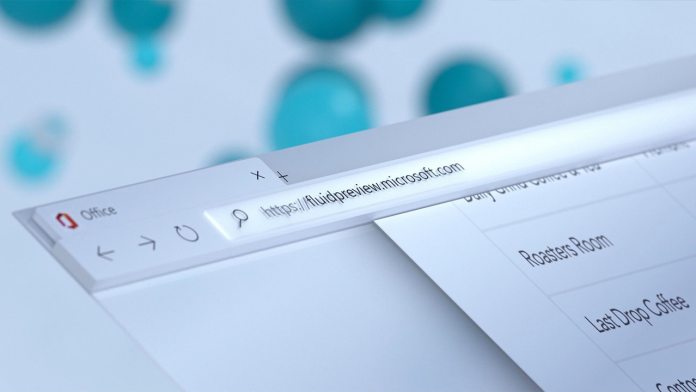The uninitiated may assume that Fluid Framework is in someway related to Microsoft’s Fluent Design language. That’s not actually true, though it does borrow the design principles. The experience is instead an effort from the company to break down the barriers between various applications. In practice, that will mean features like multi-person co-authoring on web and document content. Users will be able to break content down into individual components that can be used across applications and recombined. There’s also room for some AI magic to translate text, suggest edits, fetch content, and perform compliance checks.
Crucially, all of this collaboration is done at incredibly low latency. In Microsoft’s demos, you can barely see the difference between the speed text appears on a creator’s machine, and the person collaborating remotely. This includes if that person is joining in on a different app. A user can paste a link to a table directly into Microsoft Teams or Outlook, for example, and users can change and interact with it in real-time without leaving the app. In the current preview, you’re able to create, share, and edit Fluid Framework files. You can also co-author and collaborate via @mentions anywhere, and insert built-in components. If you aren’t on targetted release, Microsoft says to keep an eye out over the next couple of months, as it has plans to expand to more users.




